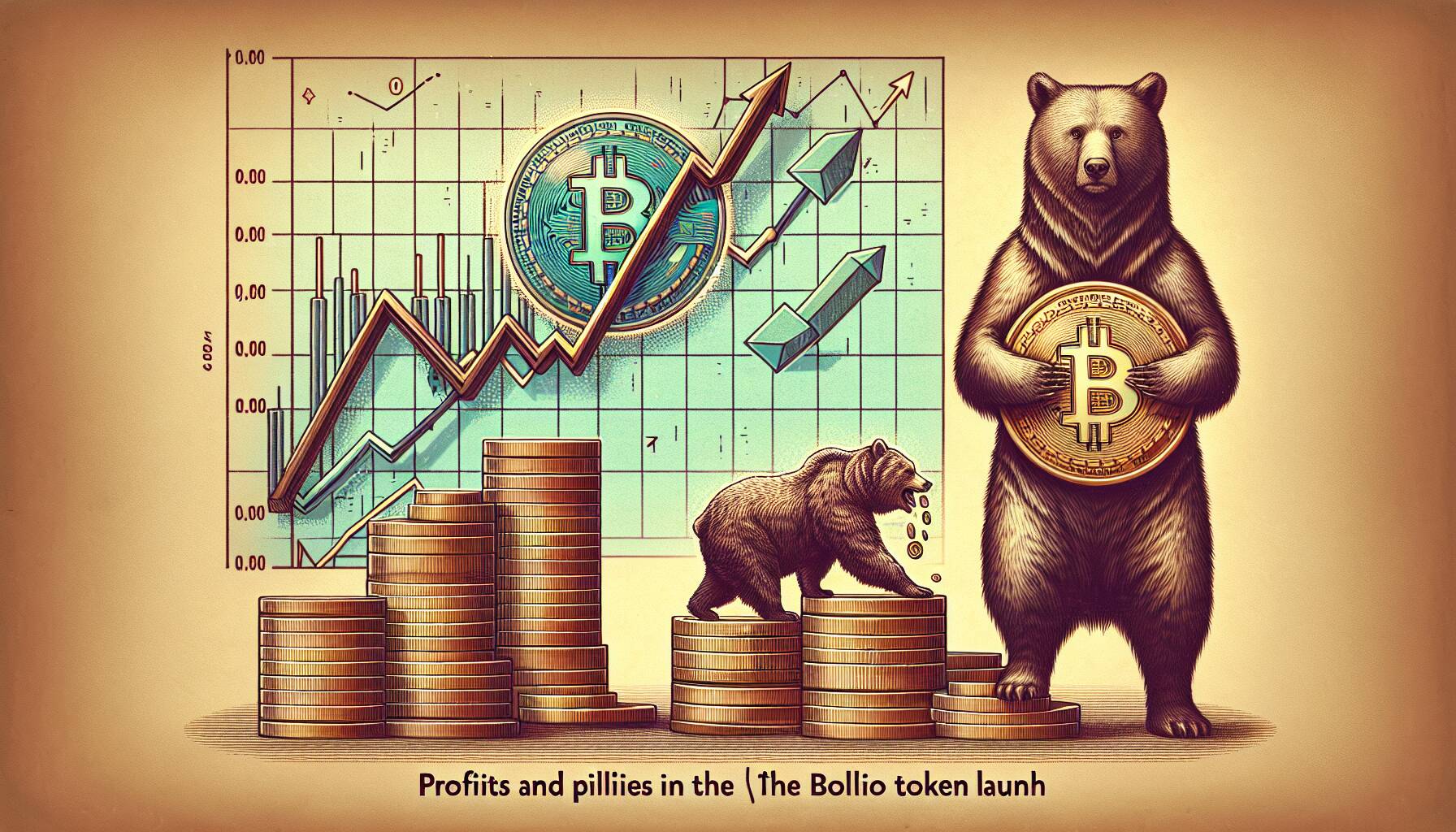A trader identified as Techno Revenant has captured headlines in the cryptocurrency industry following a staggering profit week that included a $250 million payday from the newly launched decentralized finance (DeFi) token, World Liberty Financial (WLFI). Known for his prowess on the derivatives platform HyperLiquid, the trader not only profited $38 million from the volatility of plasma (XPL) last week but also strategically invested $15 million in the WLFI token sale the previous year. This investment paid off significantly when Techno Revenant received 1% of WLFI’s total supply on Monday, directly contributing to his impressive financial gain.
The WLFI token debuted with a bang, initially soaring to 40 cents before experiencing typical market fluctuations, settling down to 25 cents after a highly active trading session that recorded over $5 billion in trading volume. While Techno Revenant celebrated his financial windfall, not all participants in the WLFI launch fared as well. A targeted phishing campaign resulted in significant concerns for token holders, with security experts referring to the situation as a “classic EIP-7702 phishing exploit”. This incident has raised alarms regarding security practices within the cryptocurrency space as hackers took advantage of a vulnerability linked to Ethereum’s recent upgrade, dubbed Pectra.
“The WLFI token has captured the attention of traders and hackers alike, showcasing both the potential and pitfalls of the DeFi space,”
as the cryptocurrency landscape continues to evolve amid market volatility and security challenges. As always, investors need to stay informed about the risks associated with trading in this dynamic environment.

Trading Insights from Recent Plasma and WLFI Events
This summary highlights key points regarding the recent trading success and security concerns in the cryptocurrency landscape.
- Massive Gains:
- Trader known as Techno Revenant made $38 million trading plasma (XPL) volatility last week.
- Profited $250 million from WLFI token linked to Trump’s family.
- Investment Strategy:
- Invested $15 million in WLFI token sale, receiving 1% of total supply upon release.
- Successful trading strategies can lead to significant financial rewards, but risk remains high.
- Market Activity:
- WLFI trading generated over $5 billion in trading volume during its session.
- Token price fluctuated sharply, indicating market volatility and trading risks.
- Security Concerns:
- Phishing attacks targeted WLFI token holders through a known vulnerability.
- Security exploits emphasize the need for caution and diligence among cryptocurrency holders.
DeFi Token Strategies: A Look into WLFI and Competitive Market Dynamics
The recent trading activities around the WLFI token have certainly made waves in the decentralized finance space, especially in light of the substantial gains secured by the trader known as Techno Revenant. With an impressive $250 million return on an earlier $15 million investment, this performance showcases the high-stakes environment of DeFi trading. Comparatively, while notable, Techno Revenant’s windfall highlights both the potential for substantial profit and the risks associated with volatile tokens, especially those linked to high-profile figures like Donald Trump.
Competitive Advantages: The WLFI token’s connection to a prominent political figure likely contributed to its initial trading spike, drawing attention from investors eager to capitalize on speculative trends. Furthermore, the overwhelming trading volume of over $5 billion suggests a robust interest in the token, indicative of a vibrant market ecosystem. This could attract both amateur and institutional investors looking for opportunities amidst the excitement surrounding DeFi tokens tied to celebrity or political endorsements.
Competitive Disadvantages: However, the dramatic fluctuations in WLFI’s price—from a high of 40 cents to a low of 25 cents—expose traders to significant risk. The phishing attack targeting WLFI holders serves as a stark reminder of the vulnerabilities in the DeFi landscape. Such security breaches can tarnish the reputation of a token and deter potential investors, creating a challenging environment for those entering this market. As the WLFI case illustrates, while the rewards can be lucrative, the associated risks are equally pronounced.
This news impacts various stakeholders: traders and investors looking for lucrative opportunities might find WLFI compelling despite its inherent risks. Conversely, more risk-averse individuals may view the volatility and the security threats surrounding WLFI as red flags. Additionally, the phishing exploit could deter potential investors who prioritize security in their trading strategies, fostering an environment of skepticism among new entrants in the DeFi space.

















